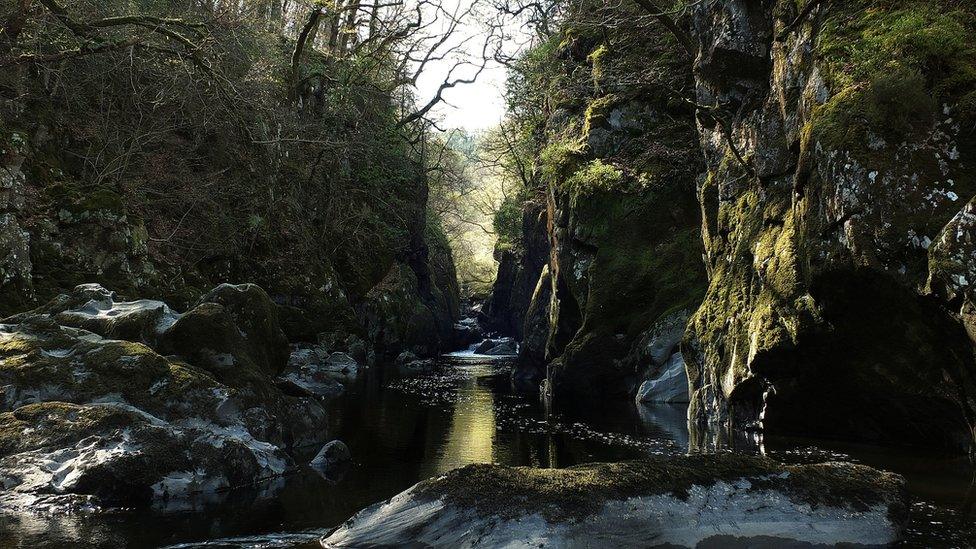Conwy Falls hydro scheme could turn waterfall to 'trickle'
- Published
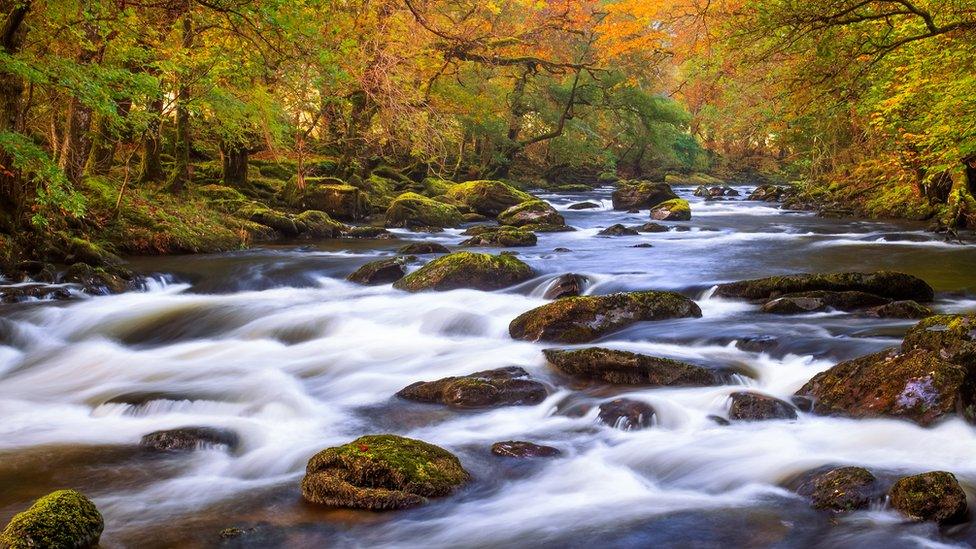
The Conwy river in Betws-y-Coed
A Conwy waterfall could become a "Conwy trickle" if plans to divert a river as part of a renewable energy project go ahead, a conservation charity has said.
Snowdonia Society's John Harold criticised National Trust for allowing RWE Innogy to use its land as part of the scheme.
Its £12m Conwy Falls hydro power station plans could see more than 3,200 households provided with power.
National Trust said it would keep an "open mind" to proposals for changes.
But Mr Harold wants it to stop RWE Innogy using its land and instead help protect the area, which is home to fish such as salmon and trout and freshwater pearl mussels.
RWE Innogy had proposed a hydroelectric scheme on the River Conwy, near Betws y Coed in Snowdonia National Park.
But in March, the park's authority turned the plans down, asking for clarification on "minor issues".
Proposals are due to be resubmitted, despite opposition from environmentalists, anglers, canoeists and businesses.
It also said it would use local tradesmen to complete the work and said a £22,500 community fund would be made available each year.
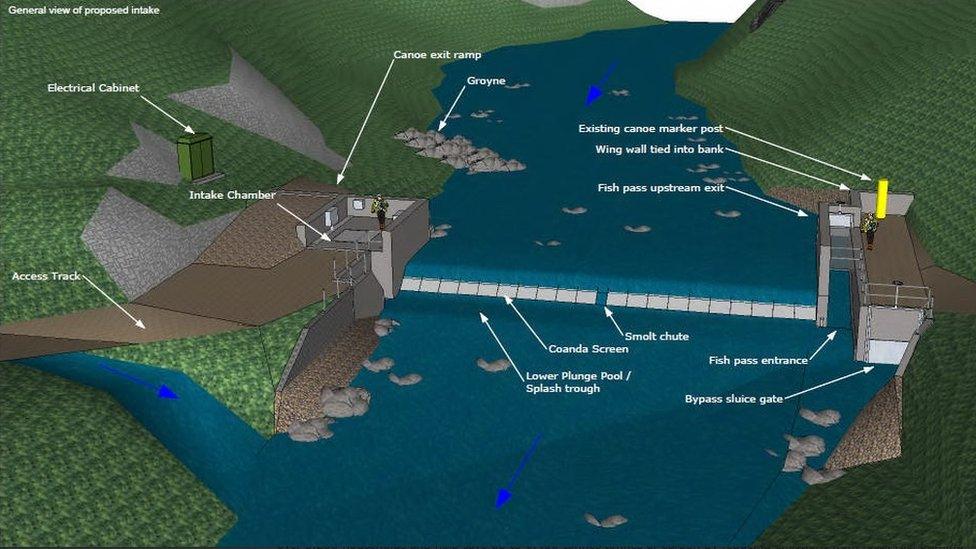
Earlier plans for the Conwy Falls hydro electric scheme were refused
However, in a letter to The Times newspaper on Friday, the Snowdonia Society's director John Harold called for the National Trust to withdraw from the scheme.
"The National Trust is actively involved in energy multinational RWE's plan to dam the River Conwy and divert its flow down a giant pipeline for 2km as part of a hydropower scheme," he said.
"The dam inlet and a 900m tunnel will be on National Trust land. The famous Conwy Falls will become the Conwy Trickle."
The National Trust replied, saying: "We have agreed to allow a part of the renewable energy project to be built on our land.
"This is not a National Trust project and the scheme could continue without our involvement.
"We feel that being actively involved in the scheme so far has however allowed us to influence the design and impact of the construction in a way that we believe has delivered an environmentally sustainable and aesthetically beneficial proposal."
- Published18 August 2016
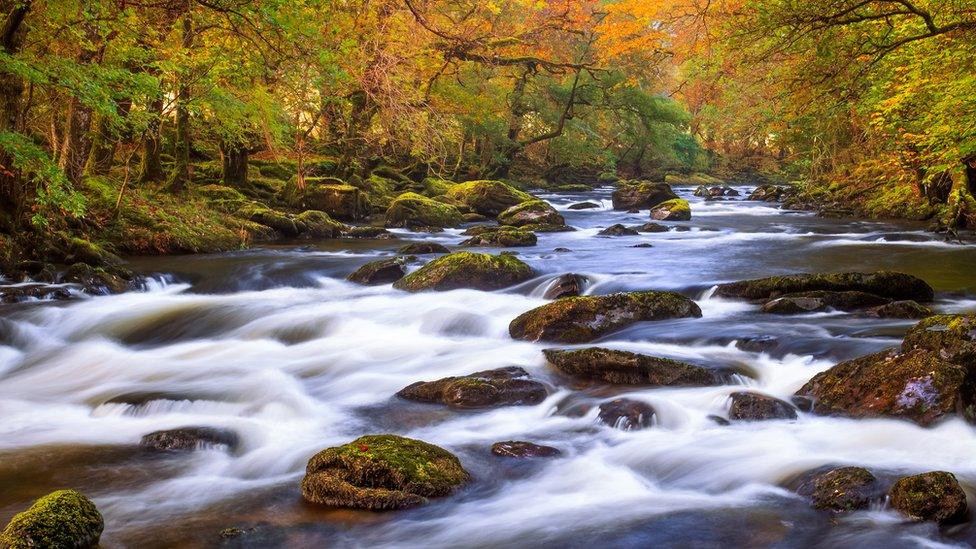
- Published4 November 2015
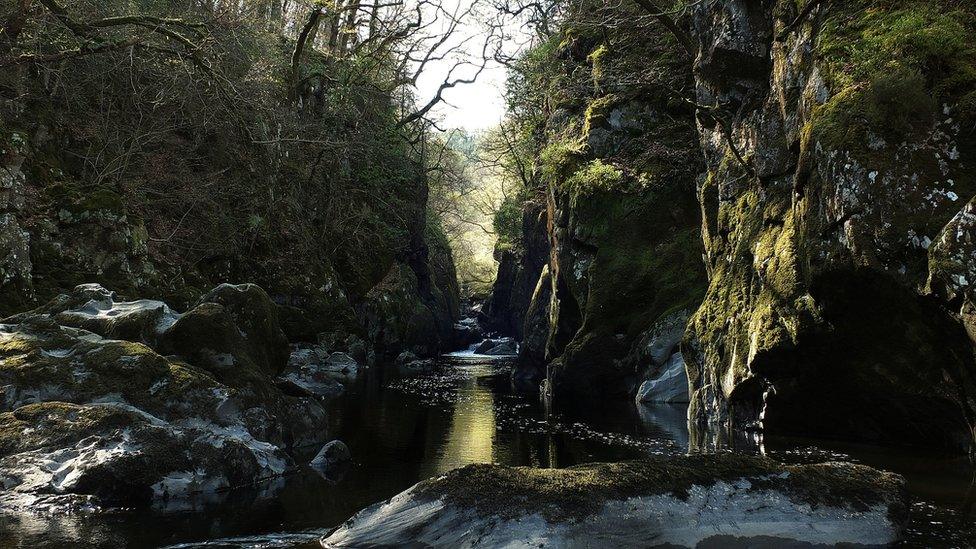
- Published2 March 2016
